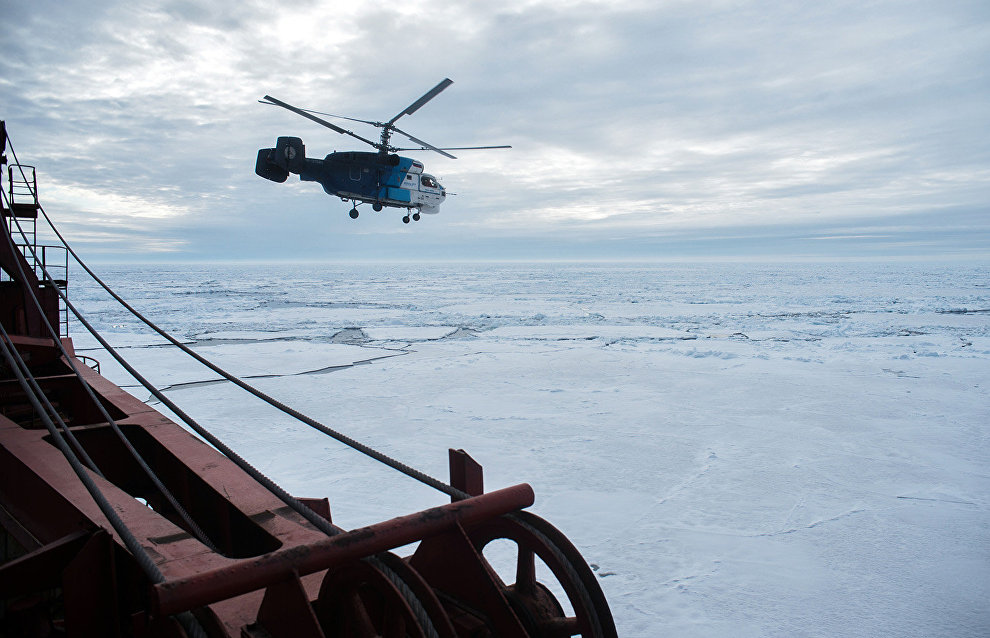Scientists count Yamal marine mammals from helicopters
This May, biologists from the Russian Academy of Sciences' Severtsov Institute of Ecology and Evolution, researchers from Russian Arctic National Park, the Barents Sea Branch of the WWF Russia and the Arktika (Arctic) Expedition Center estimated the population numbers of marine mammals on the western Yamal Peninsula coast and the Gulf of Ob, near the town of Sabetta, while overflying them in helicopters, reports the official website of the Yamal-Nenets Autonomous Area administration. They covered almost 2,000 kilometers.
"Scientists found and photographed two Atlantic walruses, nine adult white whales, one bearded seal, numerous ringed seals and several Greenland seals. According to expedition researchers, it is necessary to count marine mammals on shoreline ice-floes to estimate the polar bears' potential food sources," the website notes.
The May 2017 expedition was part of a project to monitor the Kara Sea-Barents Sea polar bear population and to evaluate its status during the current climate change and the greater anthropogenic impact in coastal areas of the Yamal-Nenets Autonomous Area.
No polar bears were sighted during the expedition, except for the tracks of presumably one bear near the town of Sabetta. The sea-ice situation near Cape Kharasavei forced the bears to keep away from the shoreline and hunt seals on drifting ice-floes. The marine mammal count showed that there is enough food available for the polar bear, the top Arctic predator.
This project to monitor the Kara Sea-Barents Sea polar bear population started last year and is used for in-depth research of these predators. This will help people live safely in the area without impacting the wildlife.
The expedition was financed by a WWF grant and also sponsored by the Arktika (Arctic) Expedition Center and the area's Department for Science and Innovation.
